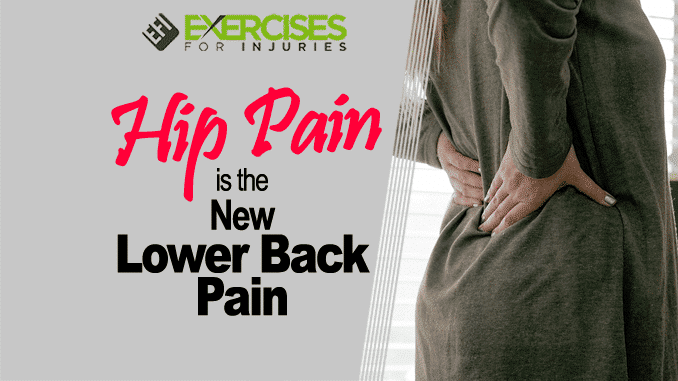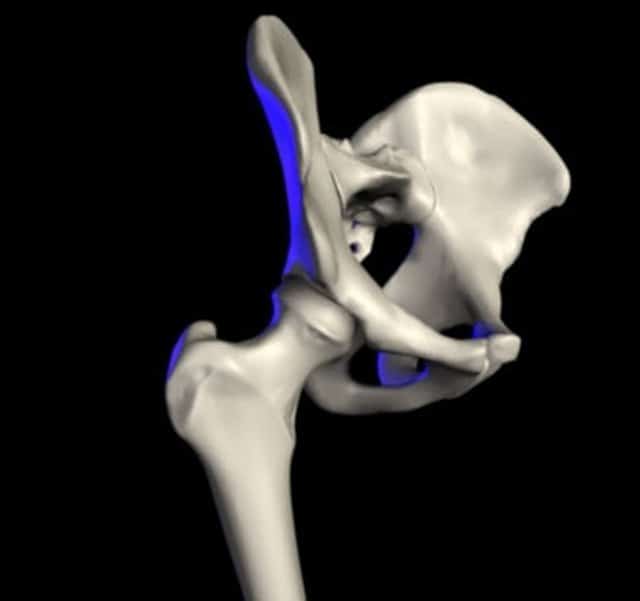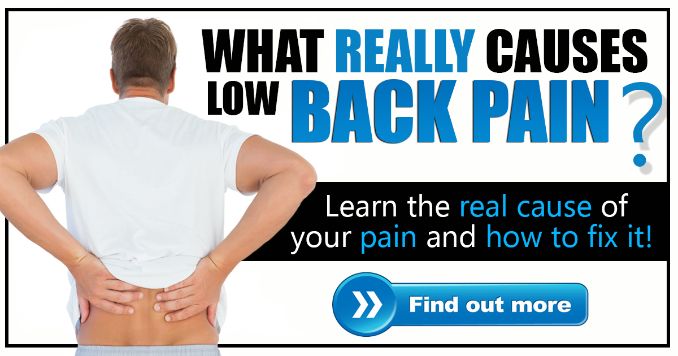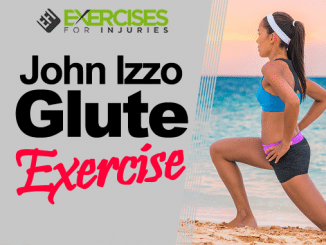
Let’s move on to prediction #5 for 2011. We all know about the lower back being the number one injury when it comes to clients that exercise. Hip pain is an injury that I have seen on the rise of late.
Hip Fractures are on the Rise
With our population getting older and living longer, hip issues will continue to rise. In older adults, they estimate that 100,000 people a year will need surgery for fractured neck of the femur by 2033, with a mortality of 8.9 to 9.3% and costing 3.6 to 5.6 billion pounds (White, 2010). This is staggering. After their surgery, they will need exercise to fully help them recover from their surgery and get back to life. The exercise program may start with physical therapy but must be continued at home and in fitness centers.
Other hip pains and injuries we will see more of are adductor tendinopathy, osteoporosis, and osteoarthritis.
Hip Pain and the Lower Back
The crazy thing is, as I do more learning, research, and training, I see the hip plays a considerable role in lower back pain.
A problem with your hips usually leads to other issues in your body, such as tightness and tension in the neck or upper back due to compensating for that area of weakness. Indeed, hip pain can radiate into the lower back. The gluteus muscles, which are located on both sides of the buttocks, play an essential role when you walk or run because they help stabilize this joint movement by controlling abduction (move away from the midline) and adduction (movement towards the midline).
When you address issues of the hip, it will lead to an improvement in lower back pain.
Exercise Rehabilitation is the Answer
Hip pain can be treated effectively with physical therapy.
We will see more people move to exercise rehabilitation specialists to help design exercise programs to help them with their hip injuries and pain. A significant contributor to this is the high number of older adults who have been injured and need assistance in designing an appropriate treatment plan to reduce pain associated with arthritis, tight muscles, or joints around the hips, as well as other chronic conditions such as diabetes, obesity and more.
Just think, in Mangione 2010, a group with hip fractures did a home-based progressive resistance program for ten weeks and moderately to significantly improved their physical abilities and quality of life.
All of this from doing a basic exercise program in their homes.
I know I have been asked by loved ones, doctors, and physical therapists to go to clients’ homes to help set up a home-based exercise rehabilitation program. This has been fun, and we will see more of it.
Rick Kaselj, MS
.





